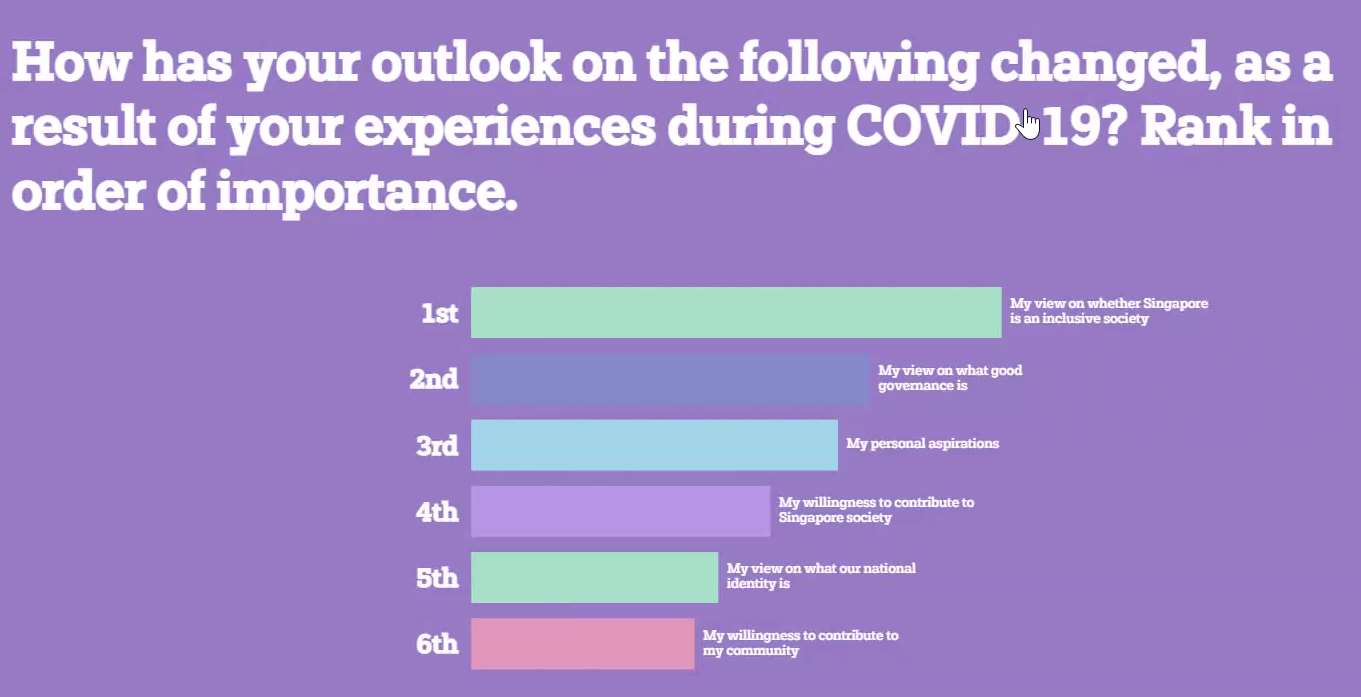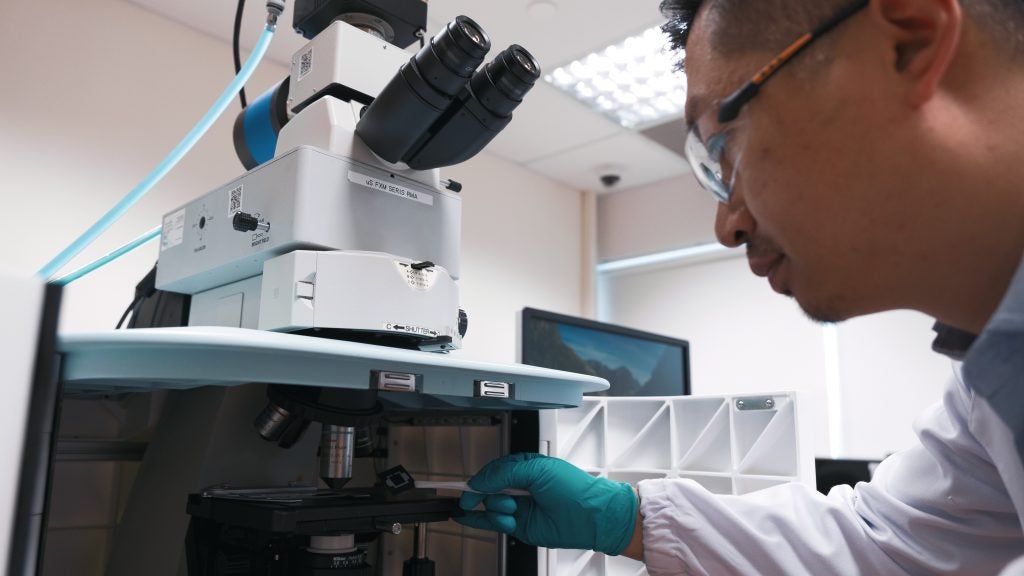
What do people love about Singapore? What will make people love Singapore more?
These were the two questions posed to more than 2,300 participants in the "Loveable Singapore Project" conducted between October 2020 to March 2021. Led by the DesignSingapore Council, the initiative aims to define what loveabilty means in Singapore and identify gaps and opportunities for interventions by private and public agencies, as well as communities and individuals.
Part of the results from the survey were shared in the "To Our City With Love" webinar held on 20 April 2021, and panellists shared their views on interpreting the data gathered for design-related outcomes.

The webinar also explored the ways to shape the future lovable city, to design lovability for a post-covid world, and to use design and design tools to foster a sense of ownership and agency amongst people.
Professor Heng Chye Kiang, Provost's Chair Professor, Department of Architecture, NUS School of Design and Environment, was one of the invited panellists and he shared about the role of placemaking in enhancing loveability.
"Spaces make a difference, especially community spaces and open spaces, especially in the midst of COVID-19. A few things in the planning of our environment would make how people use and love their spaces possible or easier, for instance in a high-density environment, we allow families in need to gain easier access to help, as opposed to low-density environments."
Prof Heng also shared that COVID-19 accentuated the importance of public, community and open spaces such as parks and town centres became very popular.
The other panellists include Duleesha Kulasooriya, Executive Director, Center for the Edge, Asia Pacific, Dawn Yip, Coordinating Director, Partnerships Project Office, MCCY, Tong Yee, Co-Founder and Director, The Thought Collective, and Dr. Adrian Kuah, Director, Futures Office, Office of the President, NUS.
Strengthening our social capital through co-designed "space banks"
A question posed during the webinar queried how to include emotional space, space for exploration, space for conflict into physical space?
Prof Heng replied that physical space allows for the use and expression of many activities and emotions respectively, for instance Singapore's HDB townships, in which more than 80% of Singaporeans live, have ample "space banks".
"Currently these space banks are in our void decks and Community Centres etc. In future, more space banks can be found in our multi-storey car parks when the society goes both car-lite and adopts autonomous vehicles. The community could be engaged to meaningfully decide and co-design the use of some of these spaces to its benefit. This gives people ownership of certain aspects of their environment. This is already happening on a small scale in some townships - e.g., with the rise in popularity of community gardens - and will certainly be up-scaled in the future. When more social spaces and community activities are created, we will share more things in common and further strengthen our social capital."

When polled on the respondent's outlook due to experiences during COVID-19, many voted for "my view on whether Singapore is an inclusive society".
Prof Heng opined that in the design of spaces, designers have to think of all the different users of the space, to allow for inclusiveness.
"We have codes for universal accessibility etc., but I think more than that, it is also for planners and designers to really understand people's behaviour, use of space and plan accordingly… We must plan our environment such that it offers opportunities to all segments of society to realize their potential. Ranked third in the poll is 'personal aspirations', thus it is important to allow different people with different life-purpose and fulfilment the space to be able to realize their aspirations. That, I think, will make us love our city even more."
Replying to a question on the way to reconcile placemaking with sustainable behaviour, Prof Heng shared the example of Bishan-Ang Mo Kio Park, a concretised canal that was converted into a meandering stream that no longer separates the community from the park.
"From being a simple infrastructural asset, it has become a bio-engineering solution that is able to handle higher volumes of storm water from more intense rainfall caused by climate change. The placemaking effort integrating the stream and the park has also made it an aesthetic, social, environmental, recreational and economic asset. Biodiversity, usership and appreciation of the park have all increased."
Another example is Khoo Teck Puat Hospital, where placemaking and sustainability - including economic, environment and social equity are working hand in hand, shared Prof Heng.





